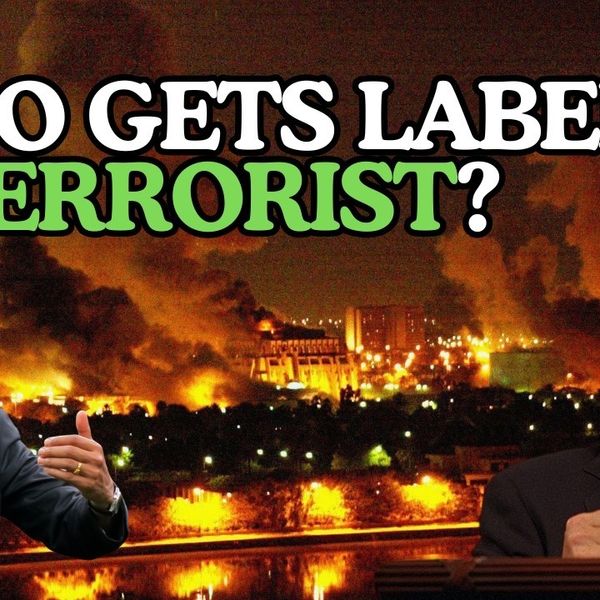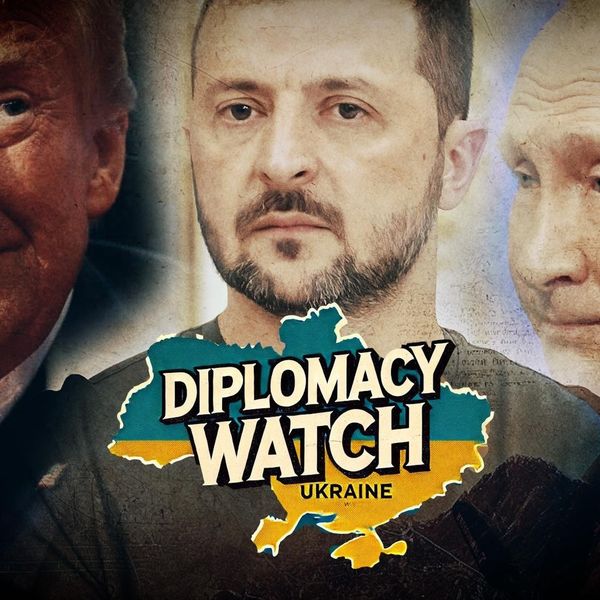First, the good news. On Wednesday morning, President Trump told the nation that “the United States is ready to embrace peace with all who seek it.” The threat that a catastrophic full-scale military confrontation with Iran was minutes away has apparently receded, at least for the time being.
Now, the bad news. The two nations are still on a collision path. Both sides have expressed a desire to de-escalate and President Trump reiterated his a willingness to negotiate. But his jingoistic rhetoric — and his call to jettison the 2015 Iran nuclear agreement — offers little real basis for engagement.
As conflict resolution professionals with operational partners on the frontlines of peacebuilding across the Middle East, we believe there is an urgent need to resurrect momentum for diplomacy.
That General Qassem Soleimani, the head of Iran’s Quds Force, left a trail of turmoil and destruction is unquestioned. But his assassination on January 3 in Baghdad by American drones accomplished the seemingly impossible. It united Iranians from across the political spectrum against the United States and moved Iraq to the brink of expelling American forces, a feat which Soleimani could only dream about in life.
Such are the fruits of the Trump administration’s maximum pressure campaign against Iran. For three years, the most comprehensive inspections regime ever negotiated found Iran to be in full compliance of the 2015 nuclear deal. Yet President Trump ordered his administration to withdraw from the agreement in May 2018 and instead impose crippling economic sanctions.
These sanctions were alleged to capitulate Iran. Instead, they provoked an Iranian military response and led to the unravelling of the nuclear agreement. They may well result in Iran leaving the Non-Proliferation Treaty, setting off the very nuclear stand-off the 2015 deal was designed to avert.
America’s entanglement in blundering military ventures in Iraq and Afghanistan are widely regarded as among the biggest mistakes in U.S. history. While it seems that all out war has been averted for the moment, the possibility for miscalculations remain frighteningly possible. An unnecessary war in Iran – a country larger and more populous than Iraq and Afghanistan, combined – would be tragedy of perhaps unimaginable proportions.
So where do policymakers, mediators, and war-weary publics go from here?
On the U.S. side, Congress should not miss its opportunity to reassert its constitutional obligation as the sole authority capable of declaring war. This crisis is as much a test for Congress as for President Trump. The House of Representatives passed a war powers resolution that would effectively prohibit President Trump from initiating war with Iran. But it is difficult to imagine veto-proof resolutions passing through both chambers of Congress, in today’s polarized environment.
Indeed, for nearly two decades since 9/11, members of both parties and both chambers have gone to great lengths to avoid accountability on war and peace. There was no congressional authorization for U.S. military operations in Libya in 2011. Nor for continuing airstrikes in countries like Somalia and Yemen. Nor even for the six-year old military campaign against the Islamic State in Syria and Iraq.
Restoring accountability is in principle quite simple. Imagine if in recent years Americans had protested in large numbers when Congress had skirted their most solemn obligation and the president had abused their authority? We would not be in such a sorry state, whereby one person has free rein to decide whether their country will go to war.
In the wake of Soleimani’s assassination, restarting diplomacy will not be easy. Coercion and confrontation have defined the U.S.-Iran relationship for decades, from the 1953 CIA overthrow of Prime Minister Mohammad Mossadegh to the 1979 kidnapping of 52 American diplomats and civilians. The two sides have engaged in an off-and-on undeclared asymmetric war in Iraq since the American invasion of 2003. This antagonism has brought the two sides no closer to a resolution of the fundamental problems than they were in 1979.
Globally, all pro-peace actors must think creatively about how to reduce tensions. Key players – like the European Union and its member states including France, as well as Japan, and Oman, all of which have productively sought to mediate between Tehran and Washington in recent years – must step up and restart engagement and reset the possibility for a new path for the region. This week’s crisis could create an opening to explore whether some new modus vivendi between the United States and Iran is possible.
Such an effort might be based on an exchange of American sanctions relief for Iranian compliance with the terms of the nuclear agreement, with both sides agreeing to refrain from provocative military actions in the Middle East.
Such an arrangement would not resolve the U.S.-Iranian enmity. It might, however, reduce tensions to allow space for the restoration of the longer-term efforts by those brave voices in Iran, the United States, and beyond who have worked for peace remain. Their efforts have helped avert war in the past and made possible the historic 2015 nuclear agreement. In light of recent events, such efforts have become both more difficult and more important than ever. Ultimately, negotiations, dialogue, and engagement remain the real pathway out of the decades-long conflict between the United States and Iran. Ensuring people-to-people pathways for peacebuilding stay open will be critical to sustainably mitigating war.















